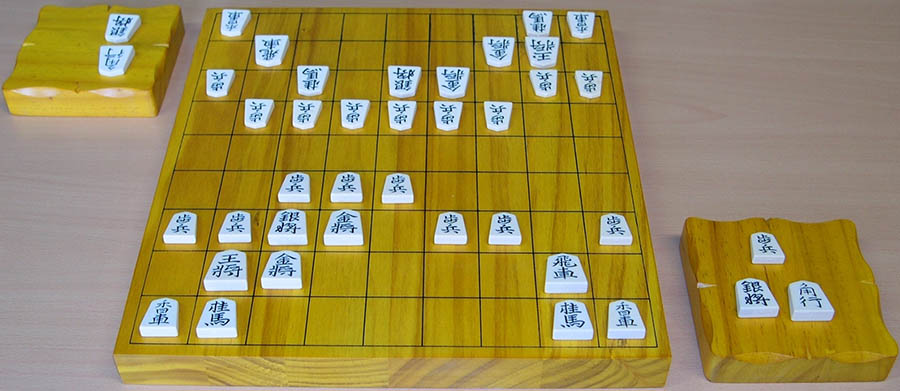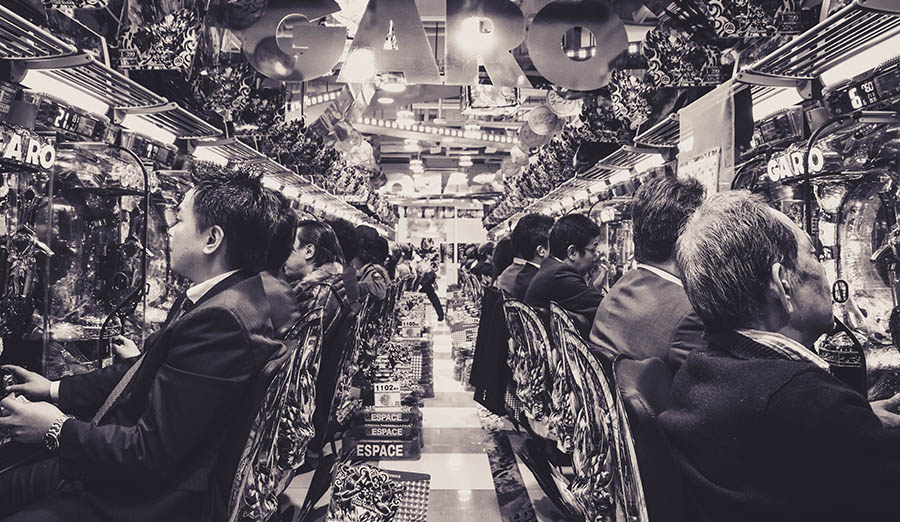Japan is popular for a lot of things in the West. We all know about sushi, Nintendo, and anime, among many other things, but few of us are familiar with the games that people play there. As it happens, there are lots of them and each is an experience in its own right. Japanese games are both different and similar to Western ones, with cultural twists being the distinguishing factors. Below, we will explore ten classic Japanese games, ranging from board games to card games, and more.
Janken
Janken is the Japanese equivalent of Rock, Paper, Scissors. Though it goes by a different name, the care of the game is identical. Much like in the version we know, Rock beats Scissors; Scissors beats Paper, and Paper beats Rock.
Naturally, the Japanese have come up with their own names for each move. These names vary between the various parts of the country. The beauty in this game is that it can be played with nothing but your hands and by people of all ages.
Shogi
Chess is one of the most popular board games in the world and it is no surprise that some cultures have spawned their versions of the game. Shogi is a Japanese board game that plays much in the same fashion and features many of the same rules as chess.
Shogi uses a 9×9 grid on the board and each player is assigned 20 pieces. These will vary in their functionality and possible moves. The goal of Shogi is to capture the other person’s king piece. In this regard, Shogi is almost identical to chess but some slight differences affect the gameplay. For instance, one can promote their pieces by moving them to the furthest three rows on the board. Most pieces can be upgraded to a more powerful version but it is not an easy thing to accomplish.

Oicho-Kabu
Oicho-Kabu is a card game similar to what we know as Punto Banco Baccarat. While special cards are traditionally used to play this game, a standard 52-card deck with the face cards removed can also suffice.
Just like in baccarat, there is a dealer and player, though the aim of the game is to beat the dealer’s hand. The highest hand value in Oicho-Kabu is 9. All aces count as 1, while any 10 is worth 10. Following this logic, a hand with a face value of 15 is actually 5, and a 10-value hand is 0.
A significant difference between Baccarat and Oicho-Kabu is that the former enjoys a level of prestige among casino players.
Kitsune Bakuchi
Dice games are some of the oldest out there and every civilization has a few of them to offer. Kitsune Bakuchi is a Japanese gambling game that uses three dice at the same time.
The aim of the game is simple but it is improbable at the same time. In order to win a throw at Kitsune Bakuchi, all three of the dice need to come up with the same number. Considering that there are more than 200 possible combinations, it is a rare occurrence for a three-of-a-kind to be rolled. But given enough luck, a good payout awaits those who succeed.
Chō-Han Bakuchi
Cho-Han Bakuchi is another gambling dice game preferred by Japanese people. This one is only played with two dice and the odds of winning are much more favourable than the previous game. The two dice are shaken in a cup and then released onto a table. The player bets on whether the number of the roll will be odd or even. Cho-Han Bakuchi can be played both in a casino establishment against a dealer and between two players.
This game supposedly has ties to the yakuza and was popularized by its members over the last hundred years. Whether that’s true or not is subject to discussion, but it does not detract from the popularity of the game.
Pachinko
Pachinko is probably the most popular type of game in Japan right now. Available in cafes all over the country, the pachinko game resembles pinball in a way. Players load metal balls into the machine and look to release them into designated areas on the board. Pachinko is equal parts skill and gambling at the same time.
Pachinko machines also bear a resemblance to slots, with colorful lights and loud sounds being key features of any pachinko hall. Also notable is that the pachinko industry is estimated at $300 billion per year, making up a significant percentage of Japan’s GDP.

Sugoroku
Sugoroku is a board game that closely resembles backgammon and has many of the same rules and features. Much like in backgammon, the objective is to move all of your pieces off the board. The first player to do so wins. However, the way one goes about doing this is slightly different in Sugoroku.
For instance, rolling two of the same number is not special in the Japanese game and each die only counts once. This game does not use the doubling cube, as in some Western versions, nor does it feature bearing off.
As you can see, the integrity of backgammon is kept, however, the changes in the rules do alter the flow of the game somewhat. Still, if you are familiar with one, you will be able to play the other.
Daifugo
Daifugo is an interesting Japanese card game that uses a typical 52-card deck. The idea is to play more and more powerful cards until you win. Specifically, Daifugo is played in tricks, though the number of cards per trick may vary.
The cards in Daifugo feature a different ranking order to what we might expect. For instance, the 2 is the highest-valued card in the game, followed by the King. On the other hand, the 3 comes in last place.
When playing Daifugo, the idea is to get rid of your weaker cards first and then progressively play your stronger cards. A count is kept and the player with the highest number of points wins the game.
Uta-garuta
Uta-garuta is another card game that made its way on this list. However, what separates Uta-garuta from the others is that it features poems on its cards. There are two types of cards in this game: those that feature the first part of the poem and those that finish it. All cards are laid out on the floor and are communal.
One player takes up a card and reads the beginning of a poem. Then, all others look to complete the poem with the appropriate card. As you can imagine, previous experience in Uta-garuta is incredibly important for success.

